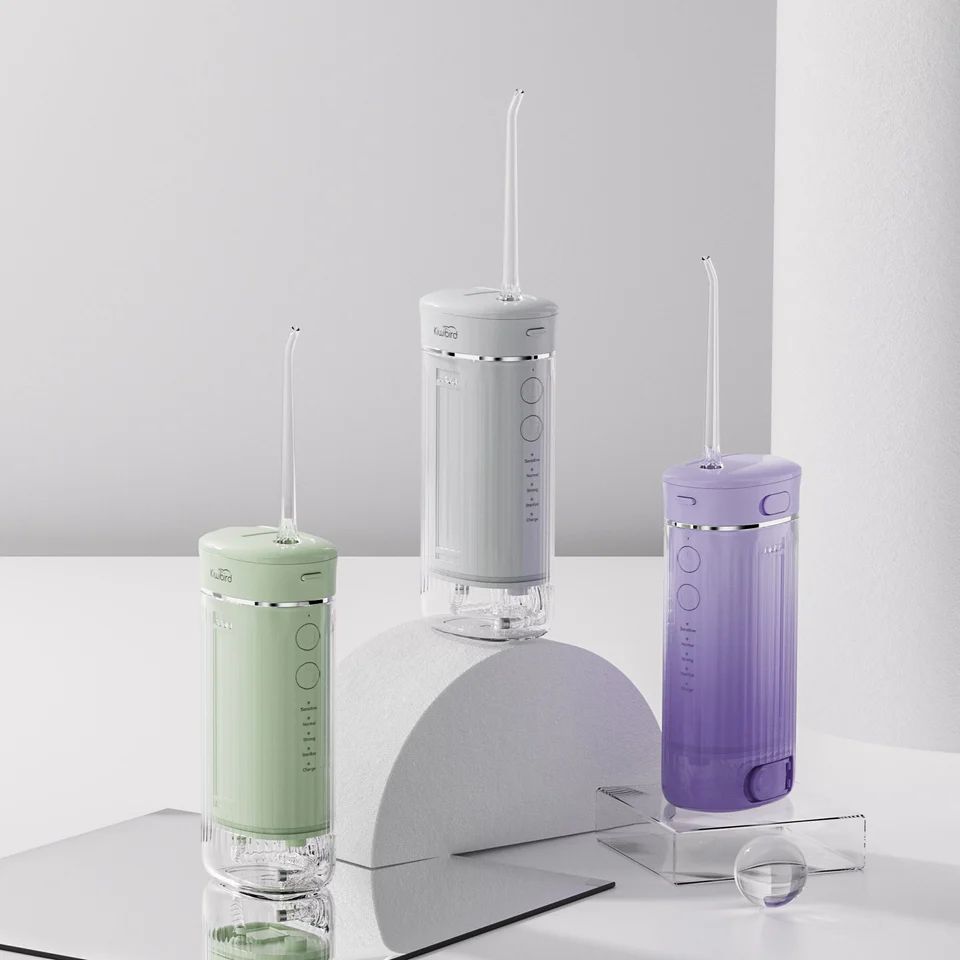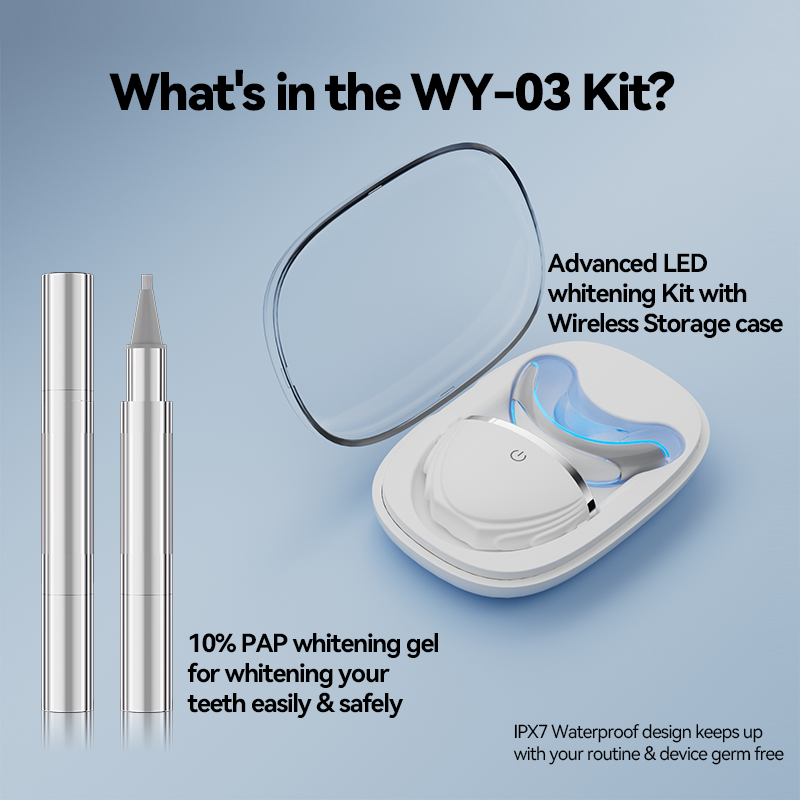In the realm of oral care devices, fluid-handling components, and consumer appliances, tank scaling is more than just a hygiene concern—it’s a silent disruptor that may lead to part incompatibility. For B2B clients, this doesn’t just translate into performance instability but also impacts assembly efficiency, aftersales costs, and long-term product reliability.
Tank scaling refers to the accumulation of mineral deposits—mostly calcium and magnesium—from hard water inside water tanks and flow systems. It’s especially prevalent in:
Scaling manifests as white residues, internal roughness, and narrow flow paths—often overlooked but extremely damaging to component fit and function.
Although mineral buildup might seem cosmetic, its functional consequences can be severe:
This “invisible misalignment” makes devices appear normal on the outside but faulty during use—often misattributed to poor QC or batch inconsistency.Company web:https://www.powsmart.com/product/electric-toothbrush/
For manufacturers, tank scaling–induced part incompatibility introduces complications across multiple stages:
To safeguard against tank scaling from the outset, consider integrated design-level solutions:
-2-1024x576.png)
Beyond smart design, manufacturers should support end-users with education and maintenance tools:
This proactive approach turns potential product faults into manageable maintenance workflows.
In a market where durability and intelligence drive purchase decisions, resistance to tank scaling—and the prevention of part incompatibility—will become critical value markers:
Embedding scale mitigation into product quality benchmarks ensures higher satisfaction and stronger brand reputation.
Tank scaling may begin as a mineral residue, but it often ends as a functional mismatch. For manufacturers targeting high-precision, long-lifecycle B2B products, proactively managing scaling risks and preventing part incompatibility is a fundamental step toward quality excellence.
Looking to engineer scale-resistant water systems or need support in optimizing your fluid-based product design? Contact us for technical consultation and tailored development solutions.
ergonomic electric toothbrush handle OEM
Runtime Shortening with Connection Drops – Fixable?
Pump Failure Plus Weak Suction – Terminal Malfunction?
1-scaled.jpg)
Looking for Teeth Whitening Gel OEM Services for Your Cosmetic Dentistry Products?
Root Exposure Due to Overheating Alerts – A Hidden Risk in Oral Devices?
Filter Clogging Leading to Slow Charging?
Need a Reliable Water Flosser Pump OEM for Your Oral Irrigator Components?

How Brands Can Expand Oral Care Line with Competitive Water Flossers
Electric Toothbrush Ecommerce Bundle Wholesale | Complete Oral Care Sets
Waterproof Sonic Toothbrush for Spas | Professional LED Oral Care Devices
Professional Whitening Electric Toothbrush Supplier | Advanced LED Oral Care by Powsmart
.jpg)
Can a Magnetic Levitation Motor Define a Quiet Toothbrush Manufacturer?
.jpg)
Why Consumers Prefer electric vs manual toothbrush – And How Brands Can Benefit
Hose Rupture and Gum Discomfort – Related?

What Gives Some Teeth Whitening Devices Competitive advantage?
.jpg)
Water Flossers in Europe: Prices, Warranties & Market Entry Tips for Brands

electric toothbrush heads Regular Clean

Customization Teeth Whitening Gel

electric toothbrush heads Ultra Soft

electric toothbrush heads Deep Clean

Electric toothbrush heads Charcoal Infused-Diamond

electric toothbrush heads Charcoal Infuse-Round
.jpg)
Florida Electric Toothbrush – Powsmart PTR-C8

Private Label Whitening Gel
whstapp
whstapp
National Toll-Free Service Hotline
+86 755 86238638